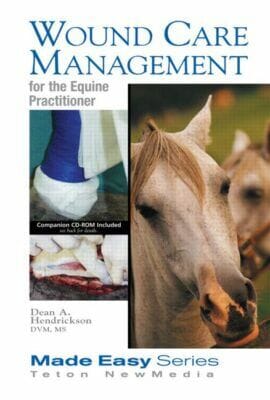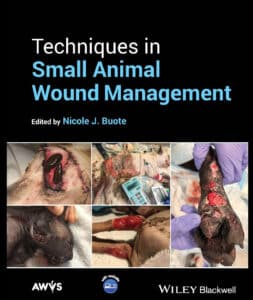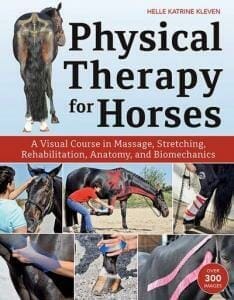Section1 Wound Care Dressings
Introduction
Some Helpful Hints
Dressings used for Cleaning and Prepping
Dressings Used for Debridement
Dressings Used for Packing
Dressings Used for Absorption
Dressings Used for Compression
Dressings Used for Support
Dressings Used for Protection
Dressings Used for Moisture
Methods of Dressing Application
Splint Application
Emergency Transport
Section2 Wound Preparation,
Cleaning, and Debridement
Wound Preparation
Wound Infection
Wound Cleaning Agents
Scrubbing
Lavage
Saline
Antiseptic Agents
Povidone Iodine
Chlorhexidine
Hydrogen Peroxide
Acetic Acid (Vinegar)
Dakin’s Solution
Topical Antibiotics
Silver
Nitrofurazone
Triple Antibiotic
Surfactant Based Agents
Wound Debridement
Mechanical Methods
Sharp Debridement
Physical Debridement
Chemical Debridement
Chemicals
Hypertonic Saline Dressings
Natural Methods
Autolytic Debridement
Enzymatic Debridement
Section3 Wound Exploration
Head Wounds
Neck and Back Wounds
Chest Wounds
Abdominal Wounds
Leg Wounds
Important Anatomical Considerations
Foreign Body Detection
Exploration
Ultrasound
Plain Radiology
Contrast Radiography
Computed Tomography and Magnetic
Resonance Imaging
Section4 Primary Wound Closure
Appropriate Wounds for Primary Closure
Closure Techniques for Primary Wound Closure
Suture Closure
Needle Type
Absorbable versus Non-Absorbable
Monofilament versus Multifilament
Suture Patterns
Appositional
Simple Interrupted
Simple Continuous
Interlocking
Intradermal
Tension Relieving
Cruciate
Near-Far-Far-Near
Vertical Mattress
Horizontal Mattress
Knot Types
Staple Closure
Suture/Staple Removal
Tissue Adhesive Closure
Other Tension Relieving Techniques
Wound Protection and Immobilization
Section5 Delayed Primary Wound
Closure
Appropriate Wounds
Intermediate Wound Care
Preparation for Closure
Section6 Second Intention Wound
Healing
Moist Wound Healing Concepts
Dressing Choices
Hypertonic Saline Dressings
Antimicrobial Dressings
Hydragel Dressings
Calcium Alginate Dressings
Topical Dressings: Collagens, Maltodextrans
Replacement Tissue Dressings
Growth Factors
Semi-Occlusive Dressings
Steroids
Summary
Caustic Agents
Excess Granulation Tissue
Non-Healing Wounds
Section7 Skin Grafting
Immediate Wound Care
Bed Preparation
Types of Grafts
Healing Stages of Grafts
Skin Graft Types
Grafting Techniques
Skin Graft Donor Sites
Animal Positioning, Anesthesia, and Sedation
Pinch Grafting
Punch Grafting
Tunnel Grafting
Mesh Grafting
Pedicle Grafting
Grafting Aftercare
Dressing Choices
Frequency of Dressing Changes
Wound Immobilization
Reasons for Graft Failure
Inappropriate Type of Graft
Inadequate Graft Preparation
Inadequate Recipient Bed Preparation
Infection
Separation of Graft from Wound Bed
Graft Movement
Section8 Specific Wound
Considerations
Heel Bulb Lacerations/Hoof Wall Avulsions
Lacerations of Synovial Structures
Tendon and/or Ligament Lacerations
Chest Lacerations
Abdominal Wall Lacerations
Head Lacerations
Lacerations to the Axillary Region
Index


















![Ettinger’s Textbook of Veterinary Internal Medicine 9th Edition [PDF+Videos] Ettinger’s Textbook of Veterinary Internal Medicine 9th Edition [True PDF+Videos]](https://www.vet-ebooks.com/wp-content/uploads/2024/10/ettingers-textbook-of-veterinary-internal-medicine-9th-edition-100x70.jpg)





